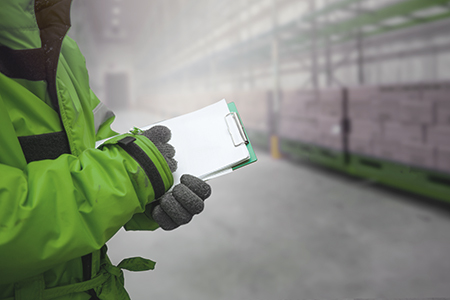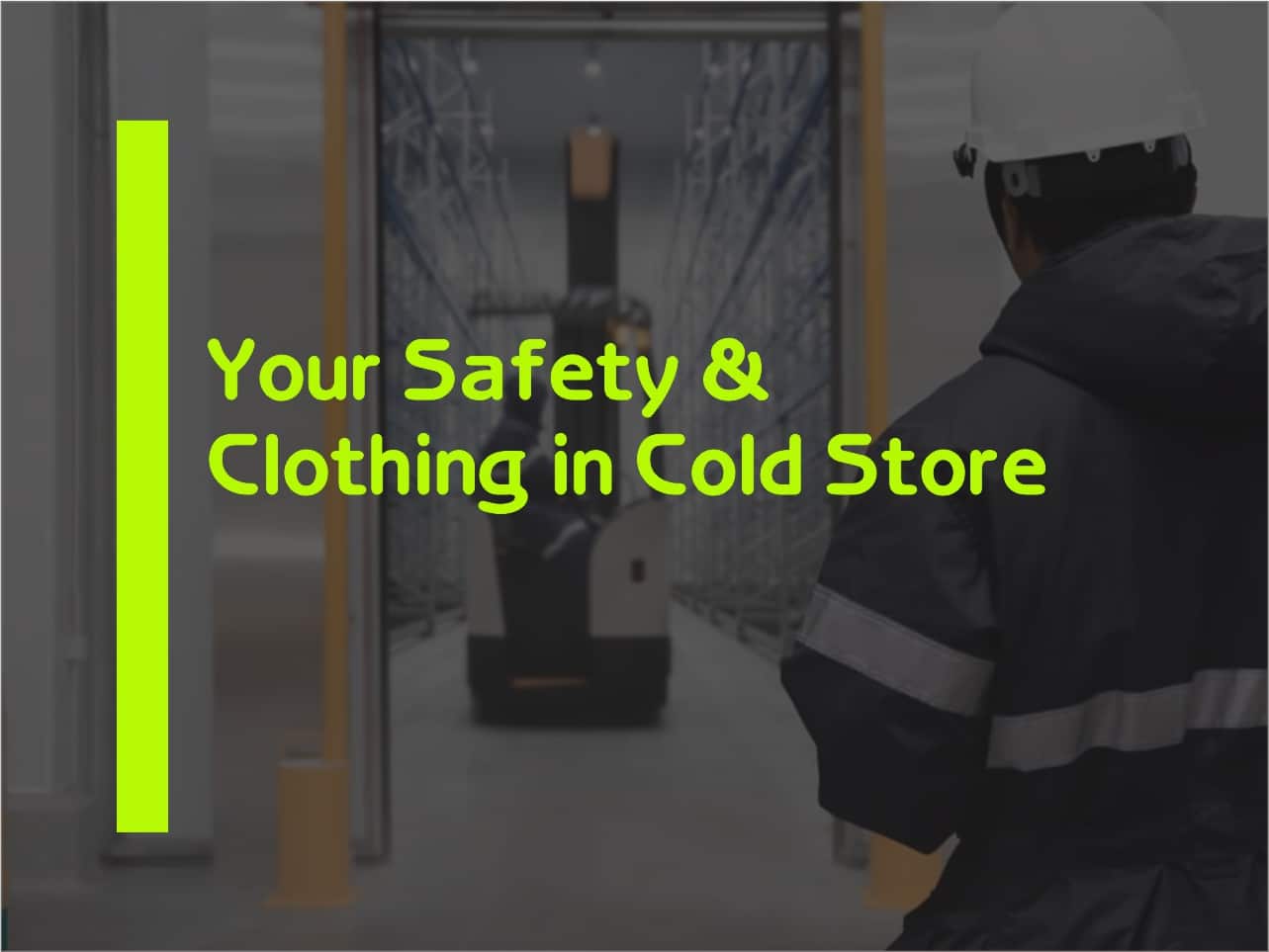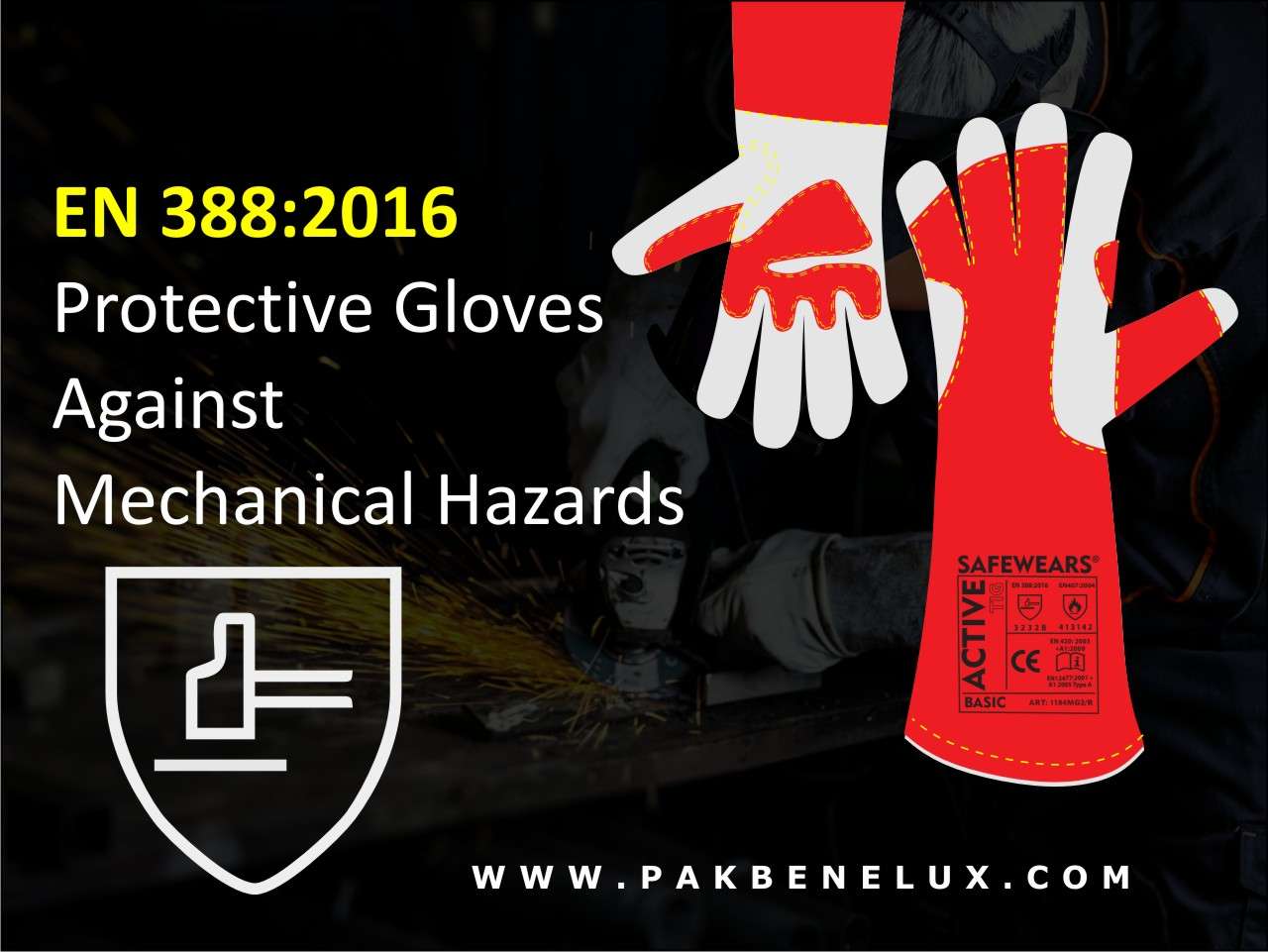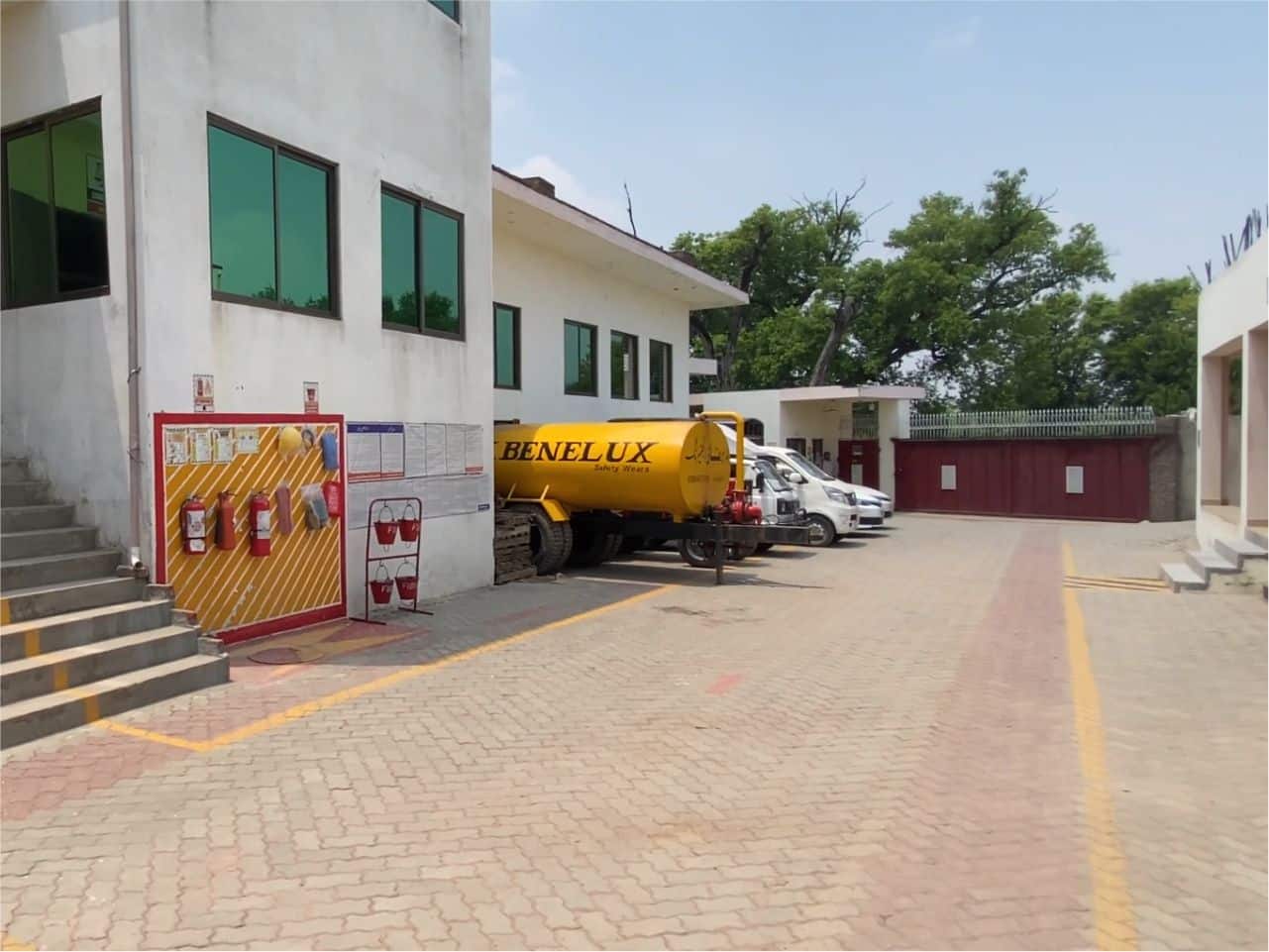When working in a cold store, proper clothing is essential to ensure your health and safety. Here are some top tips for selecting and wearing cold store clothing:

- Layering: Layering is crucial for maintaining warmth in a cold environment. Start with a moisture-wicking base layer to keep sweat away from your skin. Add an insulating layer like fleece or wool for warmth, and finish with a waterproof and windproof outer layer to protect against moisture and cold air.
- Insulated Clothing: Invest in insulated clothing designed specifically for cold environments. Look for garments with high-quality insulation materials like down or synthetic fibers, which provide warmth without excessive bulk.
- Proper Fit: Ensure that your cold store clothing fits properly. Clothing that is too tight restricts movement and can reduce blood circulation, while clothing that is too loose may allow cold air to penetrate. Choose garments that allow for ease of movement without being too baggy.
- Protective Accessories: Don’t forget about accessories like hats, gloves, and scarves. These items help to protect areas of the body that are susceptible to heat loss, such as the head, hands, and neck. Insulated, waterproof gloves are particularly important for protecting your hands from frostbite and injury.
- High-Visibility Clothing: If working in a busy cold store with machinery or other workers, consider wearing high-visibility clothing to ensure that you are easily seen by others, especially in low-light conditions.
- Footwear: Wear insulated, waterproof boots with good traction to prevent slips and falls on icy or wet surfaces. Ensure that your boots provide adequate insulation and support to keep your feet warm and comfortable throughout your shift.
- Regular Checks: Inspect your cold store clothing regularly for any signs of wear and tear, such as tears, holes, or reduced insulation. Replace damaged or worn-out garments promptly to maintain your safety and comfort on the job.
- Stay Dry: Moisture can accelerate heat loss in cold environments, so it’s essential to stay dry. Choose clothing made from moisture-wicking materials that draw sweat away from the skin, and avoid wearing cotton, which retains moisture and can make you feel colder.
- Stay Hydrated: Even though you may not feel as thirsty in a cold environment, it’s essential to stay hydrated by drinking plenty of fluids throughout your shift. Dehydration can impair your body’s ability to regulate temperature and increase the risk of cold-related injuries.
- Know the Signs of Cold Stress: Educate yourself and your colleagues about the signs and symptoms of cold stress, such as frostbite, hypothermia, and trench foot. Stay vigilant and seek medical attention if you or a coworker exhibit any symptoms of cold-related illnesses or injuries.
By following these tips and prioritizing proper clothing and safety measures, you can stay warm, comfortable, and safe while working in a cold store environment.






